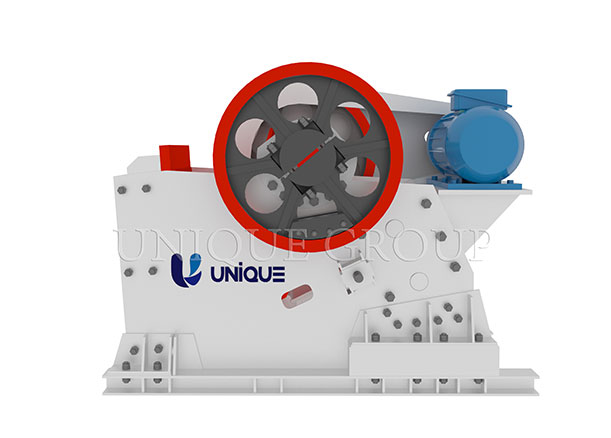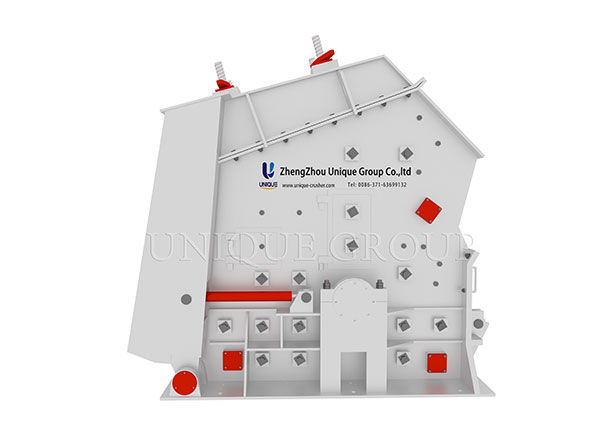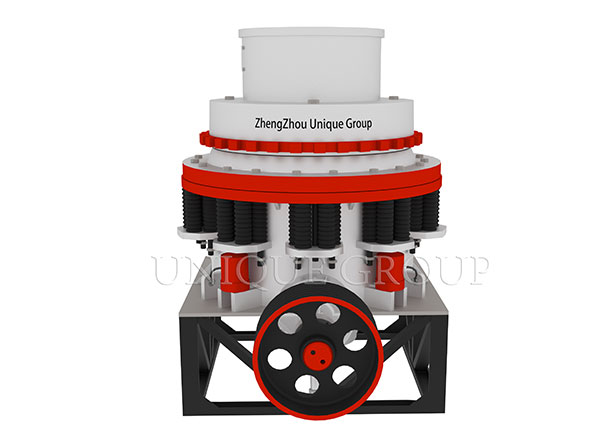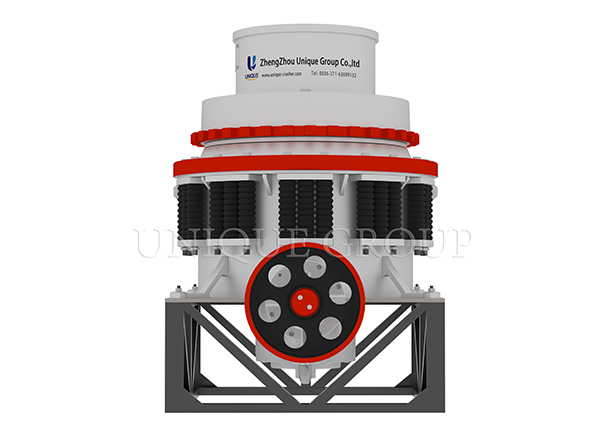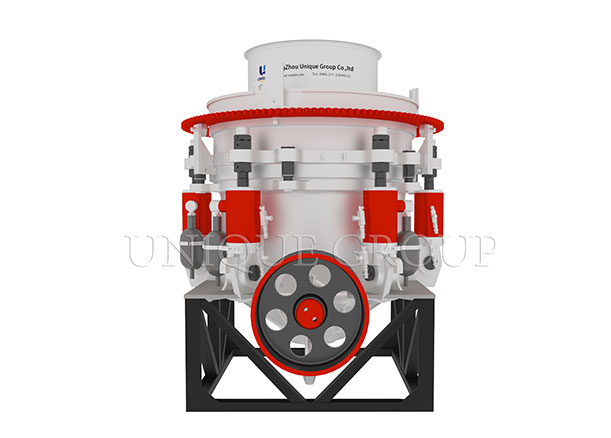Tel: +86-371-63699132
Fax: +86-371-63935058
E-mail:
sales@unique-crusher.com
Zip Code: 450008
Types and Applications of Feeders in Mining Crushing Plants
Types and Applications of Feeders in Mining Crushing Plants
In a complete mining crushing plant, the feeder is often the first piece of equipment to start operation — and one of the most important. It may seem simple, but the choice of feeder directly affects the stability, efficiency, and lifespan of the entire production line. A well-chosen feeder ensures smooth material flow, prevents blockages, and optimizes the performance of crushers and screens downstream.
This article explores the main types of feeders used in mining crushing systems and their specific applications in different materials and project conditions.
.jpg)
1. Vibrating Feeder
Overview:
The vibrating feeder is the most commonly used feeding equipment in mining and quarrying plants. It uses vibration generated by an eccentric shaft or an electromagnetic motor to deliver material evenly and continuously into the crusher.
Advantages:
l Uniform feeding and adjustable flow rate.
l High efficiency and low energy consumption.
l Can handle a wide range of materials — from small aggregates to large rocks.
l Reduces crusher wear by avoiding overload or sudden feeding surges.
Applications:
Vibrating feeders are ideal for jaw crushers and primary crushing stages. They are often used in granite, limestone, river stone, and iron ore projects where raw materials are large and heavy.
2. Grizzly Feeder (Vibrating Grizzly Feeder)
Overview:
A grizzly feeder is essentially a vibrating feeder equipped with a set of grizzly bars at the feeding end. These bars allow fine materials to bypass the crusher, reducing the load on the primary crusher.
Advantages:
l Pre-screens fine materials, improving crushing efficiency.
l Heavy-duty structure, suitable for high-capacity operations.
l Reduces wear on jaw plates by screening out soil and small particles.
Applications:
Grizzly feeders are most commonly used before primary jaw crushers in hard rock quarries and open-pit mining. They are perfect for handling basalt, granite, and high-silica ores, where unwanted fines can affect crushing performance.
3. Apron Feeder (Plate Feeder)
Overview:
An apron feeder consists of heavy steel plates connected to a chain, forming a continuous belt that moves material forward. It is designed for extremely tough working conditions and can handle large lumps, sharp rocks, and high-impact materials.
Advantages:
l Exceptional strength and reliability in harsh environments.
l Can handle large feed sizes (up to 1,500 mm).
l Ideal for wet, sticky, or abrasive materials.
Applications:
Apron feeders are commonly used in primary crushing stations under dump hoppers or stockpiles, particularly in metal mining (copper, iron, nickel) or cement plants. They are also ideal for mobile track-mounted crushers handling heavy-duty loads.
4. Belt Feeder
Overview:
A belt feeder uses a conveyor belt to regulate and deliver material at a controlled rate. It provides smooth and quiet operation with precise speed control.
Advantages:
l Simple structure and easy maintenance.
l Ideal for fine and medium-sized materials.
l Compatible with variable-speed drives for flexible control.
Applications:
Belt feeders are often used in secondary or tertiary crushing stages, or in sand and aggregate plants where materials are already screened and relatively uniform in size.
5. Pan Feeder
Overview:
A pan feeder, or tray feeder, is similar to a vibrating feeder but uses a heavier pan structure to handle coarse materials. It’s often installed under bins or hoppers to control the discharge rate.
Advantages:
l Compact design and high reliability.
l Handles abrasive and large-sized materials effectively.
l Can work with adjustable feed speed and flow.
Applications:
Commonly found in portable crushing plants and recycling applications, pan feeders are a good choice when space is limited or the feeding rate needs flexible adjustment.
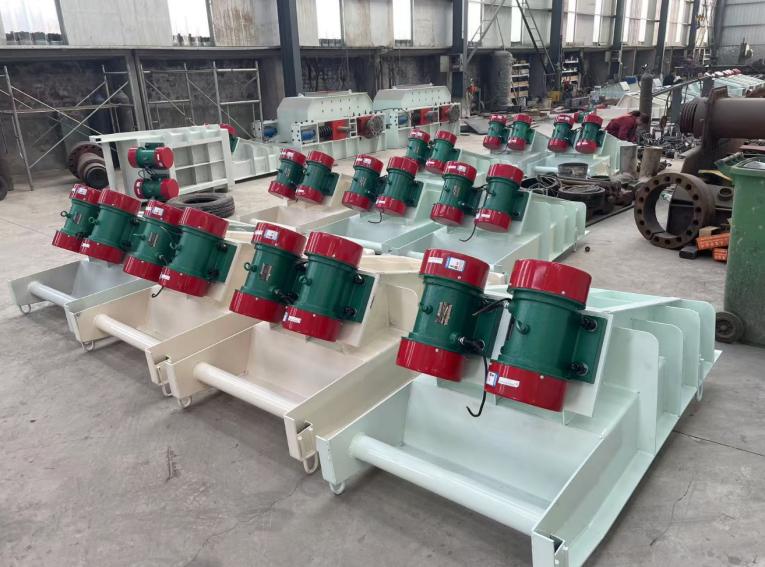
Choosing the Right Feeder for Your Project
When selecting a feeder, consider the following factors:
l Material characteristics — hardness, moisture, abrasiveness, and lump size.
l Feeding capacity — tonnage per hour and consistency of material flow.
l Crusher type — jaw, cone, or impact crushers have different feeding requirements.
l Installation environment — fixed plant, mobile station, or underground site.
Selecting the right feeder not only ensures smooth operation but also reduces maintenance costs, extends equipment life, and maximizes production efficiency.
Conclusion
In mining and aggregate production, the feeder is more than a supporting component — it’s the heartbeat of the entire crushing system. Whether you choose a vibrating, grizzly, apron, belt, or pan feeder, the goal is always the same: steady, reliable, and efficient material flow.
If you need expert advice on selecting the right feeder or designing a complete crushing line, our engineering team is ready to provide tailored solutions for your project.






 العربية
العربية Español
Español Português
Português Deutsch
Deutsch